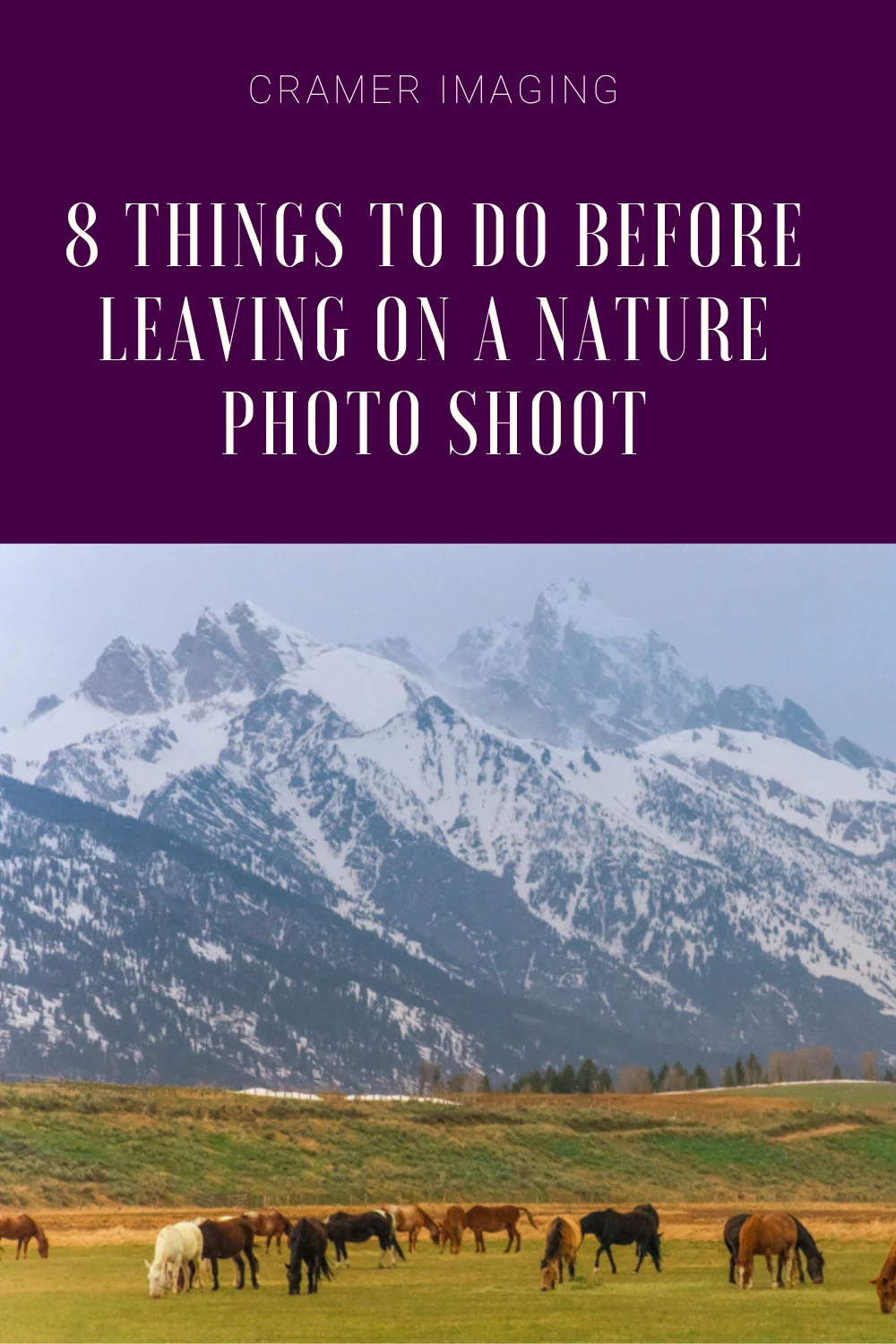
Ok, you want to try your hand at some nature photography. There are tons of tutorials on how to do all kinds of nature photos from a landscape to a smaller geographical feature and from flowers to wildlife. Each of those kinds of photography have camera techniques to think about but that’s not the focus of this article. We’re discussing what to do before leaving on a nature photo shoot.
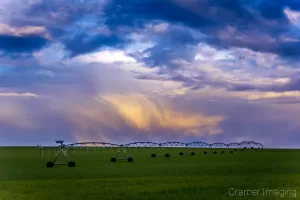
These points may not be directly related to photography but are important nonetheless if you want to be comfortable, stay safe, and be prepared in case of other problems. Leaving for a nature photo shoot isn’t as straightforward as you might think without preparation.
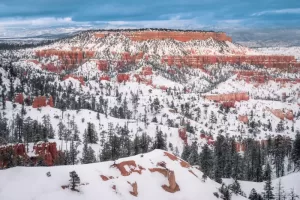
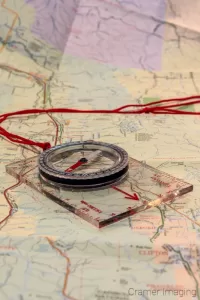
Do you know where you will be going and how to get there? This is a matter of personal survival after all. If you don’t know, you’ll get lost. Use maps, Google Earth, or similar to plan out where you’re going.
Check the weather report. Check road reports if there’s a chance of snow. Do your best to find out if going is even going to be worth your time to head out into the field. It might not be worth it, but you can’t tell for sure until you check.
We heard about a chance to get Northern Lights once. That’s rare this far south so we prepared to get pictures. We even brought some food with us. As we were heading out, we noticed the cloudy skies, so we decided to check the weather. It was cloudy for miles around. Had we learned about the aurora earlier we might have been able to get outside the cloud coverage but, as it was, there was no chance.
Find out what kind of roads you will be driving on where you’re going. Heading into the back country is great but make sure your car can handle it. If you have 4WD (4 wheel drive), you’re better prepared but make sure your vehicle can handle your route. A family sedan can’t go as many places as a good off-road SUV.
Not getting anything usable is actually common no matter who you are. Sometimes the image just doesn’t come out no matter what. Sometimes the weather doesn’t cooperate. There are lots of reasons why this could happen. If you don’t learn not to get upset when it doesn’t come out, then you’re going to be unhappy a lot.
It’s a good to have an idea of what you want pictures of. This doesn’t mean you’re going to get what you planned for. When we go out, more often than not, we get a decent image. However, more often than not, that image is not what we set out to get. Many of our best photos were things that just worked out while we were completely failing to get what we wanted.
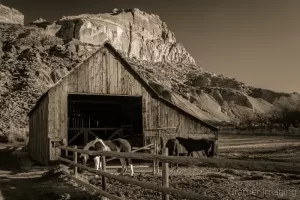
Even though we usually get SOMETHING, there are times when we get NOTHING at all. This does happen a lot. For example, we’ve gone to the Teton Mountain Range several times in hopes of a picture. The first three times we tried, clouds obscured the mountains. It sucks, but we go home and we try again another day.
Perhaps the most important thing you can do is tell someone not going on the trip exactly where you are going, when you are leaving, and when you expect to be back. This is critically important if there is no cell coverage where you’re going.

Some extended family members once left to investigate a property they were thinking of purchasing in Arbon Valley. After viewing the property, they took a bit of a ride on some less used roads. It was late April. Arbon Valley, while not exactly in the mountains, has a higher altitude than Pocatello.
During their scenic side trip, it snowed fast and hard. However, down in town just a few miles away, there was little to no snow accumulation. In Arbon Valley their vehicle was snowbound and they were stuck without cell service.
They had quite an adventure for about three days without food and with very little water. Eventually, they were able to hike up to get cell service but, by then, the cell phone was nearly dead (remember batteries don’t work well in the cold).
Their dead batteries made it very difficult to stay on the phone long enough to tell 911 operators where they were. They only had a matter of seconds each attempt before the battery died again. A helicopter search was involved. Both made it out ok but, had they said where they were going and when they’d be back, they could have been rescued days sooner.
Of course, this doesn’t mean you can’t be spontaneous from time to time but, if you do have a radical change of plans, let someone know if you at all can. That way they know where to tell the authorities to start looking for you if you don’t show up on time.
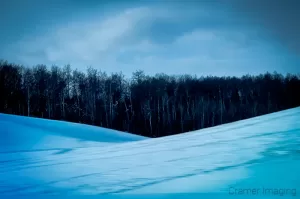
Likewise, if you end up delayed heading back, let your contact party know as soon as you can where you are so that they can either not call rescue or can call off the search.

While you need to tell someone where you’re going, you don’t need to broadcast it to the world. Social media can be fun and interesting but it can also be dangerous to let random people know you’re going to be out of your house. Sure, you generally trust your friends, but do you trust all of your Facebook friends? How about all of their Facebook friends?
All it takes is a single like to share your post to potentially hundreds of other people’s timelines. This sharing is entirely out of your control. Just keep it quiet that you’re going to be away. Don’t be a victim of a preventable crime.
It’s also a good idea to keep it quiet off of social media too. We had a relative who was leaving for a few days. He mentioned this fact to his neighbor. His neighbor wasn’t the bad sort, she was just one of those people who can’t keep her mouth shut about anything to anyone.
So she mentioned his upcoming trip to several of her acquaintances including several people doing some odd jobs in her yard. Several of them were people who had the M.O. of tracking when people weren’t home, then breaking in and robbing the place. During his trip, they ransacked his house and he lost a lot of stuff.
This may seem obvious but, before leaving on a nature photo shoot, get everything you will need ready. Clear off memory cards. Charge your batteries and check them to make sure they still work. Replace them if needed. Clean your lenses and filters. Do a spot check on your camera sensor. Double check your camera settings and reset them if necessary. This will save you from blowing a shoot because your exposure compensation was set too low (Yes, it happened to me).
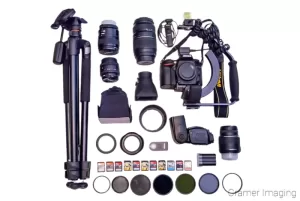
Check the function of everything you anticipate using and pack it carefully. Nothing would more annoying than to get out, find and get set up for the perfect shot only to learn you brought a dead battery or you forgot a card or something broke.
Think hard about what you will and won’t need, particularly if you have to pack it in any distance. It’s better to have a backup but, if you have to carry it, you’re going to get tired faster. Personally, I would take most everything that might come in handy and leave it in the car when I have to hike. This gives me options if other photographic opportunities come along en route.
Make absolutely sure your car is running properly. Check the air in your tires. Check the oil, the coolant, transmission fluid, etc. Fill the gas tank even if it’s still mostly full. Check the tire air pressure and inflate the tires as necessary. This will reduce your chances of being stranded. This is good advice anytime you take a relatively long car trip but is doubly important if you’re going off paved roads, or going onto roads which are open only seasonally. Check your car kit: tools, flares, jack, tire iron, tire pump, etc.
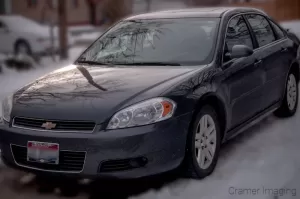
The same goes for any other vehicles you’re using such as snowmobiles, ATV’s or even mountain bikes, if you’re using them to get in further instead of hiking. Make sure they’re totally ready full of fuel and maintained before leaving on your nature photo shoot.

You should take some kind of emergency kit with you on any long trip. However, you should absolutely have one if you’re going away from civilization. (For ideas, see our article from next week on things you should take with you on a nature photo shoot.)
Do remember that an emergency kit is more than just a simple first aid kit stashed under the seat of your car. It’s what you need to survive and get you out of a bad situation.
Make sure you can make fire in case of an unexpected overnight stop. Check your flashlight batteries and have extras for light. Check your first aid kit and top it off if necessary. Sharpen any pocket knives you’ll be taking, if you need them. You will want them to be sharp.
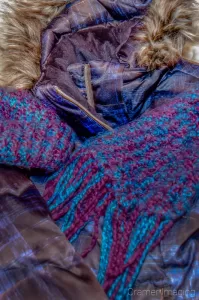
When leaving on a nature photo shoot, you must prepare to survive in what the elements will throw at you. This means having appropriate clothing and footwear, food and extra water depending on where you’re going and the season. Keep in mind that the weather can change so have gear for the opposite weather too. Bring extra of everything if you are going outside cell coverage areas.
Eat a good meal and use the restroom before starting out. If you’re traveling far, use the bathroom again on the road at your last stop before you leave civilization. Make sure you have the energy and empty bladder necessary to complete your nature photo shoot.
Stop at the ATM and get some extra cash to have on hand just in case you need it. You never know when the card system will go down. Get simple items like sunscreen and insect repellent ready if it will be warm. Take hand-warmers and extra socks along if it will be cold. Take a walking stick if you anticipate having trouble hiking in to a location.
Make sure you have proper sunglasses. As a photographer, you must protect your eyes. Take hygienic items with you, including feminine hygiene products if you may at all need them. Bring medications with you as well. Even if you’re only going for a day trip if something goes wrong, you may need them.
There is a lot to do before leaving on a nature photo shoot. You must prepare for lots of possible scenarios and weather conditions. It’s about your survival during the time of your shoot. If you are going for multiple days, this becomes even more critical for you to do before you leave. If you take the time for proper preparations, your outdoor photo shoot should be relatively pleasant and worry-free, at least the part about your comfort. You can easily concentrate on creating beautiful fine art photography.
Have any more tips that we’ve missed? Have any experiences out in the field of being prepared or woefully unprepared which we could learn from? We would love to know about them. Please share your tips and stories in the comments below.


Receive monthly updates in your inbox from us.

Join our email-only photo of the week club to get the full stories behind how we captured our favorite fine art landscape photos.
We respect your privacy
No More Results
Powered by atecplugins.com